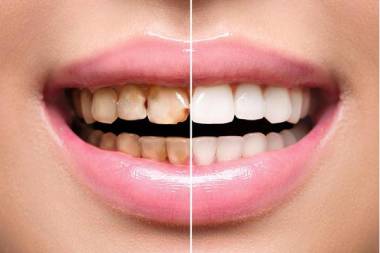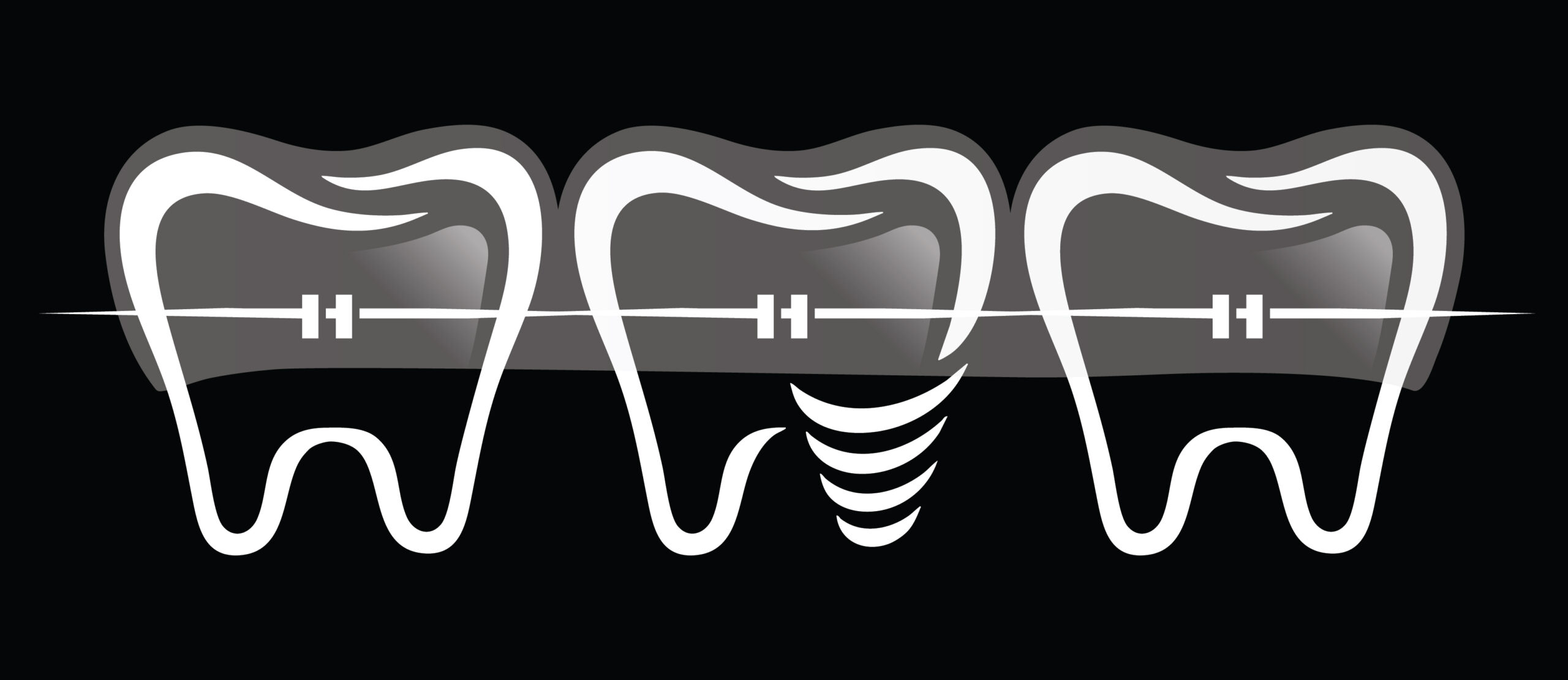Laminates & Veneers
1. Definitions
Veneers: Thin custom-made shells of tooth-coloured material designed to cover the front surface of teeth for aesthetic improvement.
Laminates: A term often used interchangeably with veneers, though sometimes used to describe even thinner versions of veneers, requiring minimal or no tooth preparation.
2. Indications
Discoloured or stained teeth (e.g., tetracycline stains, fluorosis)
Chipped or worn teeth
Slightly misaligned or irregularly shaped teeth
Gaps between teeth (diastema)
Teeth with enamel defects
Cosmetic enhancement (Hollywood smile)
3. Contraindications
Poor oral hygiene
Severe crowding or malocclusion
Parafunctional habits (e.g., bruxism, nail biting)
Insufficient enamel for bonding
Large existing restorations on front teeth
Active periodontal disease
4. Types of Veneers
| Type | Material | Features |
|---|---|---|
| Porcelain Veneers | Feldspathic porcelain or lithium disilicate (e.g., E.max) | Highly aesthetic, stain-resistant, durable |
| Composite Veneers | Composite resin | Cheaper, done in one visit, may stain and wear faster |
| No-Prep Veneers | Very thin porcelain | Minimal or no tooth reduction, limited cases only |
| Indirect Composite Laminates | Fabricated in lab and bonded later | Better finish than direct composites |
5. Procedure
Porcelain Veneers
Visit 1: Consultation & Planning
Examination, X-rays, photos
Shade selection
Smile design/mock-up (optional)
Visit 2: Tooth Preparation
Minimal reduction (0.3–0.7 mm of enamel)
Impressions or digital scan
Temporary veneers placed (optional)
Visit 3: Cementation
Try-in and adjust
Veneer is etched, bonded, and light-cured
Final polish
Direct Composite Veneers
No lab work needed
Composite resin is sculpted directly on the tooth
Cured and polished in the same visit
6. Advantages
Excellent aesthetics
Natural tooth-like appearance
Stain resistance (especially porcelain)
Conservative approach (minimal preparation)
Instant smile makeover
7. Disadvantages
Not suitable for heavily damaged teeth
Irreversible (for porcelain veneers)
May chip or crack under pressure
Expensive (especially porcelain)
Composite veneers may discolor over time
Requires good oral hygiene
8. Post-Op Care
Maintain excellent oral hygiene
Avoid biting hard objects (e.g., pens, ice)
Use a night guard if you grind your teeth
Avoid highly pigmented foods/drinks (especially for composite)
Regular dental check-ups
9. Lifespan
| Type | Approx. Lifespan |
|---|---|
| Porcelain Veneers | 10–15 years or more |
| Composite Veneers | 3–7 years |
10. Veneers vs Crowns
| Feature | Veneers | Crowns |
|---|---|---|
| Tooth Coverage | Front surface only | Entire tooth (360° coverage) |
| Tooth Reduction | Minimal | More aggressive |
| Purpose | Aesthetic | Aesthetic + functional |
| Strength | Moderate | High |

